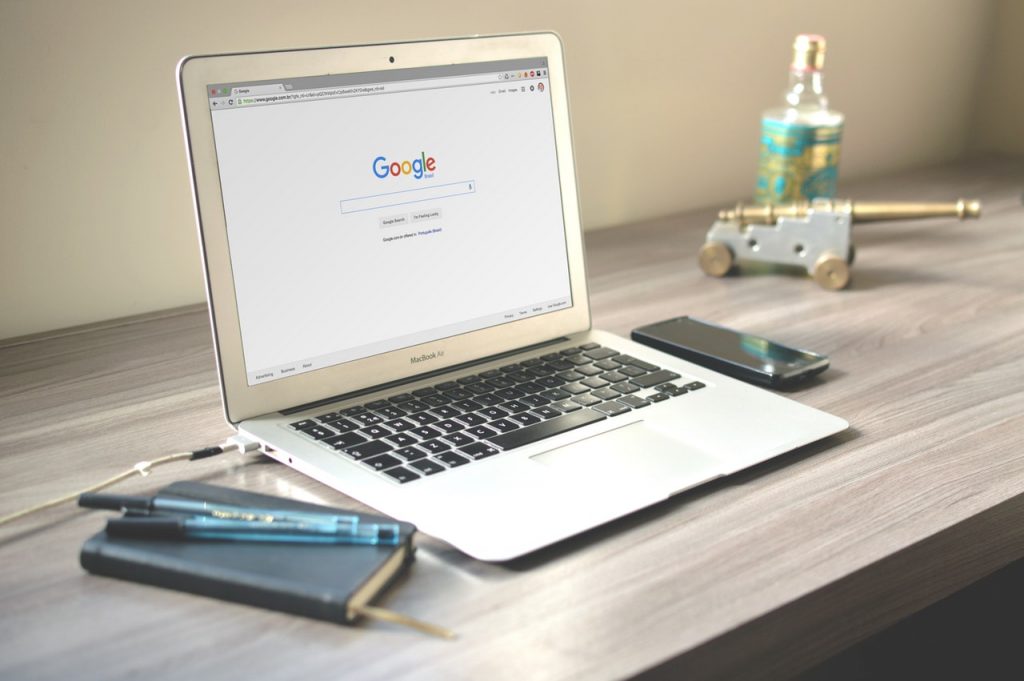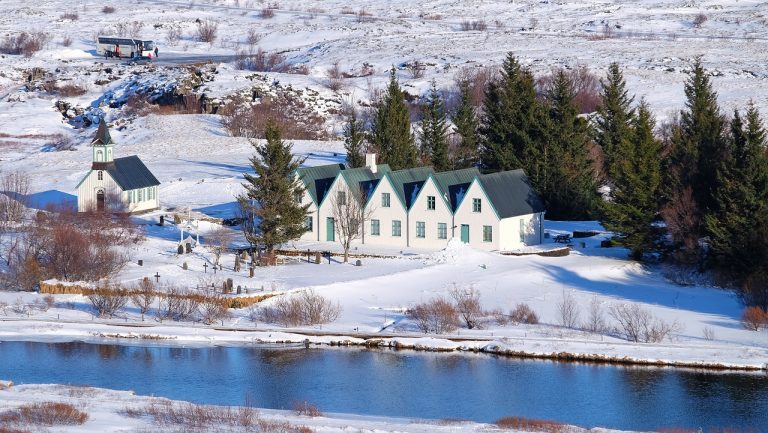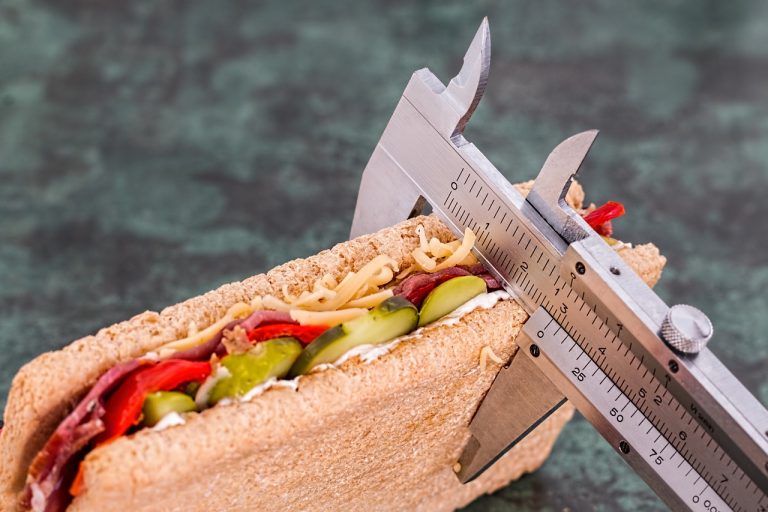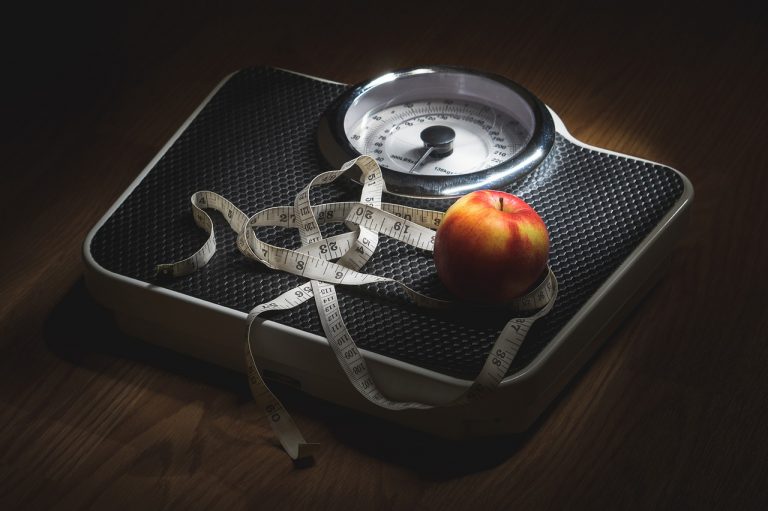Whether you’re trying to get some work done, stream a movie, or hop on your favorite online game after a long day, few things will be more frustrating than a slow internet connection. This is even truer if you’re paying a premium for your internet service and expecting the highest Mbps available in your area. Even if the difference between 100 and 200 Mbps doesn’t mean much to you personally, you’ll likely notice if your connection drops to a slower speed than you’re used to. Slower internet speeds can make it noticeably harder to keep up your usual activities, and slow speeds throttle your ability to use multiple devices.
This isn’t just about streaming or gaming either. A slowed connection will also hurt your download speed and upload speed, meaning you could spend much longer than you should uploading photos or videos, or you could set your schedule back downloading large work files. Internet speeds can vary for several reasons, but here are some things you can do about it.
Troubleshoot the Source
As with most problems, you’ll need to narrow down the issue before you can really do much about it. While it’s possible a problem with your ISP has impacted your high-speed internet, there are several other possibilities. First, you should perform an internet speed test to see if your results match up to the speeds you’re paying for. If they don’t, it’s a good idea to call your ISP about it. If the speeds do match, you likely have another problem.
In many cases, a weak WiFi signal in the house can cause slower speeds. Generally speaking, your WiFi signal speed should be greater than your internet speed to allow for a wide range of wireless internet speeds. If your wireless speed is low, then you may need to relocate your router to another part of the home to achieve higher speeds.
Try Different DNS Servers
Whenever you connect to the internet, your device will use its default DNS (Domain Name Switch) servers to convert the domain names you enter into IP addresses. Typically, this process goes smoothly, and you experience high speeds when switching from one site to another or when downloading files. If your DNS servers are experiencing problems, however, it can cause a significant slowdown. That’s why it’s worth checking into alternative DNS servers so you can set your device(s) to connect to them. It may not be the only fix you need, but it can achieve a noticeable improvement.
Check Your Data Cap
Many internet service providers have data caps on their plans. If you exceed your data limit, you can expect your speeds to decline sharply. You’ll still have an internet connection, but your ISP won’t prioritize your service as they will with someone still within their data limit. This is why some people prefer to purchase plans with unlimited data. It’s important to note that speed throttling is usually just seen with mobile devices like smartphones and tablets or with wireless internet services. You’re unlikely to encounter it on a cable, fiber optic, or DSL plan.
If you’re suspicious about data throttling, you can download a VPN and run another speed test. If you get a different result from your VPN test than the standard, your speeds may be being throttled. Of course, it’s also possible that an old modem or outdated router could be causing drops in speed, or you could be experiencing slowdown during high-traffic times.
Switch Providers
Ultimately, if you’re confident you’ve found the cause of your slowdowns and you’re unsatisfied with how your ISP is addressing it, you may have no other choice than to switch providers. You can check High-Speed Internet Deals online to find information on plans from old providers like Wild Blue internet service to ongoing broadband plans. There’s plenty of variety out there for plans offering internet, TV, phone, and more, so you should be able to find a plan that fits your needs.





